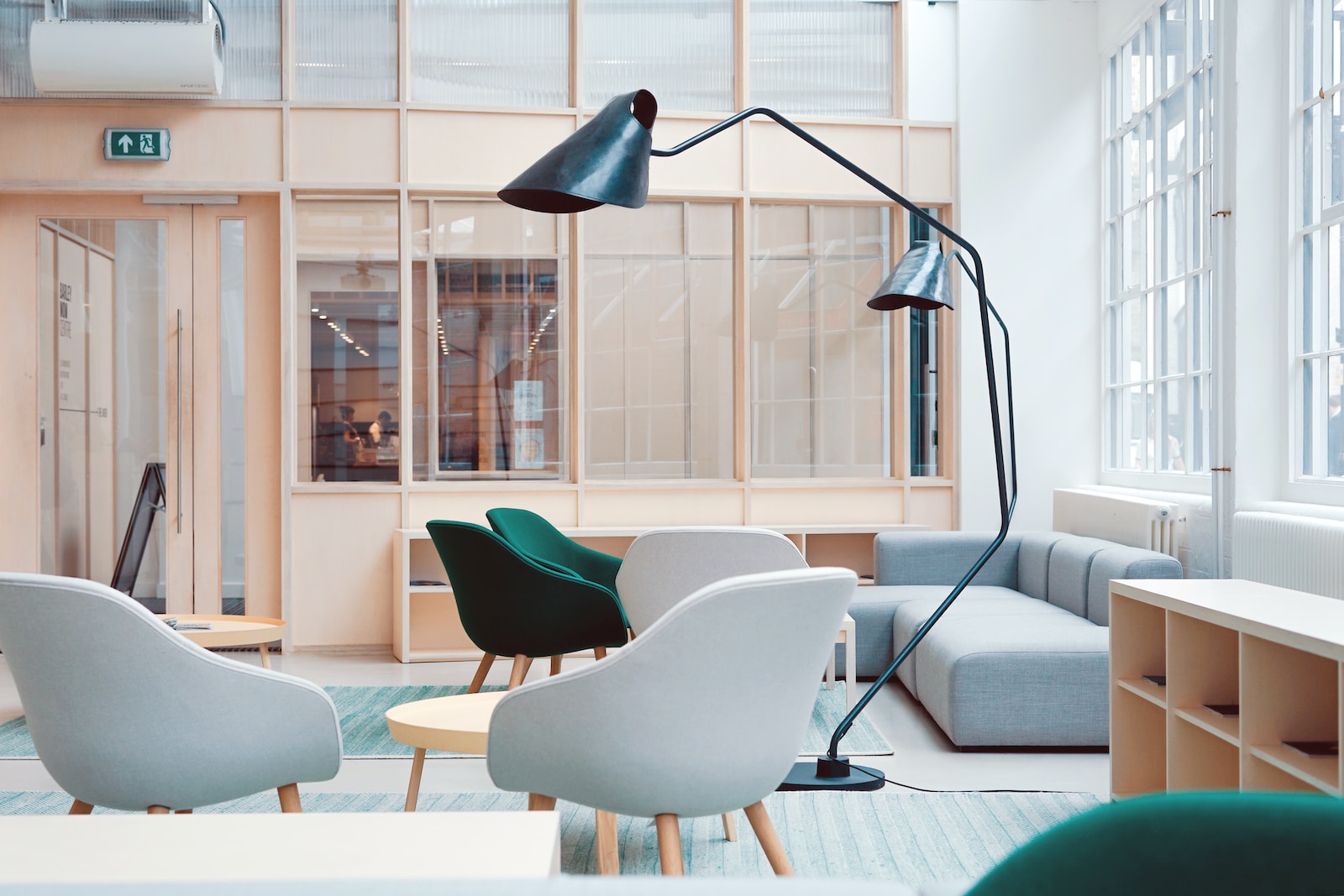A well-designed office space goes beyond aesthetics; it can have a significant impact on work productivity. From layout to lighting, here are three ways office design affects work productivity:
1. Layout and Space Utilization:
The layout of an office plays a crucial role in promoting productivity. A well-designed office optimizes space utilization and fosters efficient movement and collaboration among employees. Here’s how it can impact productivity:
a. Open and Collaborative Spaces: Open floor plans and collaborative spaces encourage communication and teamwork. They facilitate easy interaction, idea-sharing, and quick decision-making, leading to improved productivity.
b. Privacy and Focus Areas: While collaboration is essential, employees also need quiet spaces for concentration and privacy. Incorporating designated areas for focused work or private meetings allows employees to work without distractions, enhancing their productivity.
c. Ergonomic Design: Proper ergonomics in office design, including adjustable desks, ergonomic chairs, and proper lighting, can significantly impact employee comfort and well-being. Comfortable and supportive workstations reduce physical strain and fatigue, allowing employees to focus on their tasks for longer periods, resulting in increased productivity.
2. Lighting and Ambiance:
Lighting and ambiance have a profound influence on employee mood, focus, and productivity. Consider the following factors:
a. Natural Light: Access to natural light is crucial for employee well-being and productivity. Natural light improves mood, energy levels, and alertness. When designing an office, maximize natural light sources and ensure workstations are positioned to take advantage of natural lighting.
b. Artificial Lighting: Well-designed artificial lighting systems should provide adequate illumination without causing glare or eye strain. Properly lit workspaces contribute to better focus, reduce eye fatigue, and enhance overall productivity.
c. Ambiance and Color Psychology: The overall ambiance of an office, including color choices and décor, can impact employee productivity. Colors such as blue and green promote calmness and focus, while pops of vibrant colors like yellow or orange can stimulate creativity and energy. Striking the right balance based on the work environment and employee preferences can positively affect productivity.
3. Organization and Accessibility:
An organized and clutter-free office environment enhances productivity by promoting efficiency and reducing distractions. Consider the following aspects:
a. Storage Solutions: Ample storage options, such as filing cabinets, shelves, and organizational systems, help employees keep their workspaces tidy and easily accessible. A clutter-free environment minimizes distractions and enables employees to locate and retrieve necessary documents and resources efficiently.
b. Technology Integration: Seamless integration of technology in office design enhances productivity. Well-placed power outlets, charging stations, and cable management systems ensure easy access to essential devices and minimize disruptions caused by tangled cords or insufficient connectivity.
c. Common Areas and Amenities: Well-designed common areas, such as breakout spaces, kitchenettes, and relaxation areas, provide employees with opportunities for rejuvenation and socialization. These spaces can boost morale, encourage collaboration, and promote a healthy work-life balance, ultimately contributing to increased productivity.
Conclusion:
Office design plays a vital role in work productivity. A thoughtfully designed workspace that considers layout, lighting, organization, and accessibility can significantly enhance employee performance and well-being. By creating an environment that promotes collaboration, provides comfort, maximizes natural light, and minimizes distractions, businesses can foster a productive work atmosphere that supports employee engagement, creativity, and overall success.





